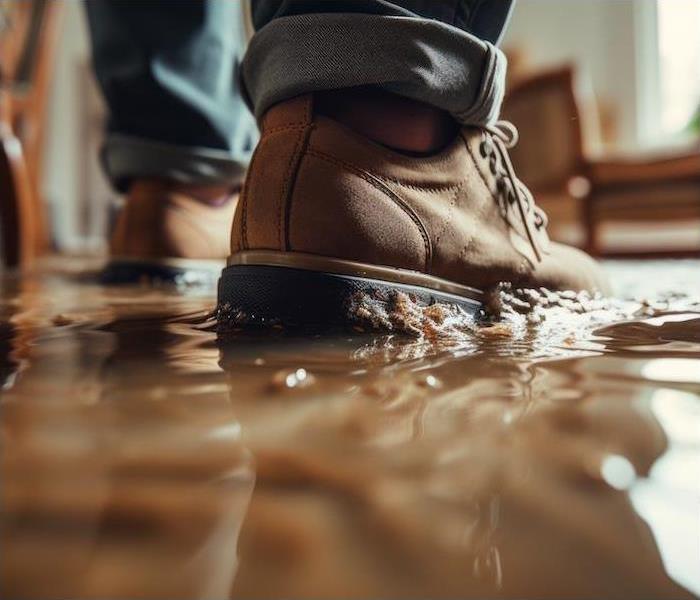All the Basics of Flood Prevention | SERVPRO of Sioux Falls
4/1/2024 (Permalink)
 SERVPRO of Sioux Falls is ready to help in a moments notice after spring showers leak in to your home or business.
SERVPRO of Sioux Falls is ready to help in a moments notice after spring showers leak in to your home or business.
Going back to the basics is always the best way of getting something done well. Think about when you had to learn math—you always start with the most basic lesson and work toward harder concepts.
When it comes to natural disasters, starting with the basics is the best way to protect your home. There isn’t a whole lot we can do to control Mother Nature when she decides to show us how powerful she can be, but the more prepared we are, the safer things will stay.
One of the top ways homes are damaged every year is by flooding—which makes it one natural disaster we should always be prepared for.
With so many water sources around us on a daily basis, flooding can happen in a number of ways. While they are not all from Mother Nature, internal, manmade disasters such as appliance leaks are often easier to recover from.
Weather-related flooding can be more challenging to deal with. With the Big Sioux River dominating so much of our community, river flooding, flash flooding and flooding from snow melt can be common and detrimental for all of us.
With so many risks, it is important you get to know your flood zone. Getting to know where your home and your community lies within floodplains is the best way to understand just how much preparation you will need to do in order to stay safe.
Take note of how your yard fares when a heavy rain comes through as well. If you are in a low-lying neighborhood, you may need to add additional drainage or lengthen your gutter system in order to prevent potential ponding water that could seep into your home.
If your community is in a heavily wooded area, make sure you clean your roof and gutters regularly. Adding covers to your gutter system might be a good upgrade in order to prevent potential water damage to your roof.
Getting to know the area around your home is a great first step toward protecting your home when water starts to get high, but there are few other things you can do. Some simple home maintenance on a regular basis can go a long way in keeping things safe.
The more you can help water move away from your home, the better, so start in your yard. Make sure there is gently sloping throughout, and keep an eye out for spots that stay wet after a heavy rain.
Add organic materials to these areas, or consider installing a water garden. These gardens use plants with deep roots that will pull water down into the soil and help keep things dry. Taking your gutter downspouts underground can be another helpful way to keep water moving steadily away from your house.
On the inside of your house, make sure any cracks or gaps are well-sealed. Check your basement, windows and doors, and replace caulking or weather stripping as needed. A sump pump can be particularly helpful when the river starts to get high, as it works to pull water out just as fast as it comes in.
Start with the basics to make flood protection simple for your home. Check your yard, roof and home monthly to keep water out. It will be much easier than trying to learn math.
Do you have water damage in your home? Contact us at SERVPRO® for fast recovery.






 24/7 Emergency Service
24/7 Emergency Service